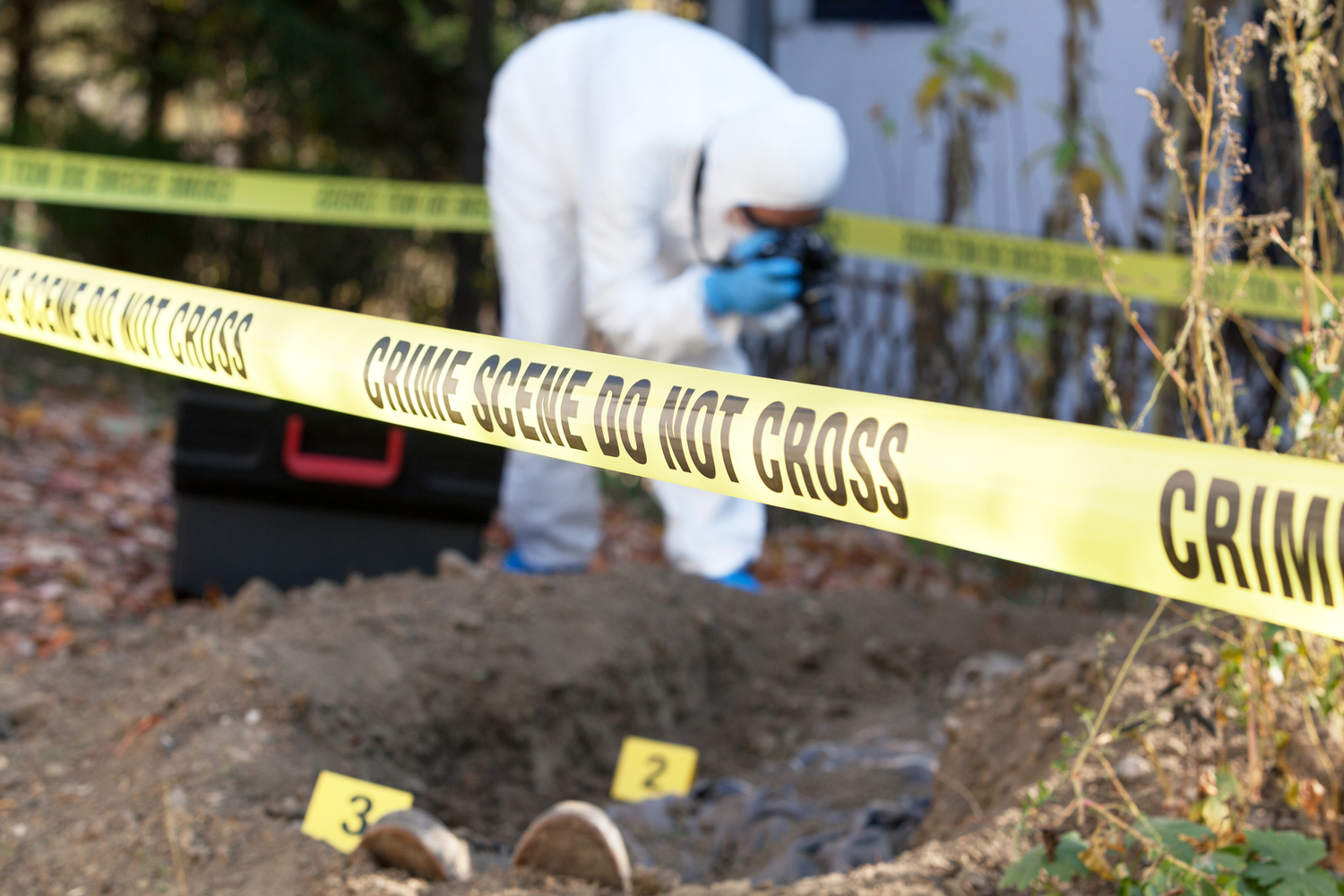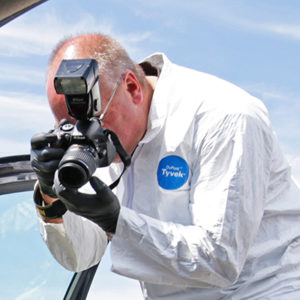True & Accurate Police Photography, Part 6: Order of Photography
My first photography instructor was fond of order. Lesson one began with the exhortation, “Order. We must first have order.”
His meaning was clear: all things must be done in sequence and for a reason. Crime scene photography is a deliberate and systematic process intended to fairly and accurately convey all aspects of the scene to someone who wasn’t there. Accomplishing this requires three basic types of photographs – taken in proper order of photography.
Overall Photographs
As the name implies, overall photographs capture the global aspects of the crime scene. Their purpose is to show the exact location and boundaries of the scene. Photographs are typically taken in an overlapping fashion from the outside of the perimeter looking in, and from the center of the scene looking out, covering all areas of the scene. Items of evidence and their spatial relationships may be visible, but they are not the main subject of the photograph.
Spherical photography has become an accepted practice to depict overall views of a scene. Instead of being dependent on the photographer’s point of view, the viewer of a spherical image is immersed in the scene and can view it from numerous angles. Spherical images, such as those captured with the OSCR360 system, provide the viewer with the necessary context to understand the rest of the photographs in the case.
Mid-range Photographs
Mid-range photographs transition the viewer from an “outsider looking in” perspective to a more involved one. Items of evidence and their spatial relationships are shown, typically depicting a single item in relation to a fixed object at the scene. Done correctly, this technique shows proper context, perspective, and scale. It also shows the precise position of each item of evidence. Because distances and relationships are primary considerations in mid-range photographs, a “normal” lens must be used. Unless the location of an object demands otherwise, like a weapon located under a piece of furniture, mid-range photographs should be taken from a natural perspective.
Close-up Photographs
Close-up photographs are taken of an object once its location has been established in a mid-range photo. They are deliberate, frame-filling depictions of individual items of evidence without the distraction of other objects. A series of close-ups begins with an “in situ” (or “as found”) photograph of the object in question.
Subsequent close-up photographs must show all sides of the item as well as any markings, defects, or other identifying features. Each photograph is usually taken twice: once with a scale, and once without a scale. The image sensor of the camera must be oriented parallel to the surface being photographed. Shadows must be eliminated unless they are intentional (e.g., caused by oblique lighting to show texture). Because of these requirements, subsequent close-up photography may be deferred until it can be accomplished under controlled conditions.
Taking the above series of images (in order of photography) ensures thorough documentation. OSCR360 can help. The spherical capture kit acquires overall images faster and more efficiently. The software packages all imagery – spherical and traditional – into a single presentation so the jury can understand the evidence within the context of the entire scene.
Looking for additional information on crime scene photography and the order of photography? Want to sharpen your camera skills and integrate spherical photography into your workflow? L-Tron offers a Forensic Photography Refresher course, geared towards escaping manual mode. For more information on our next course, visit: L-Tron.com/intro-forensic-photography-course

